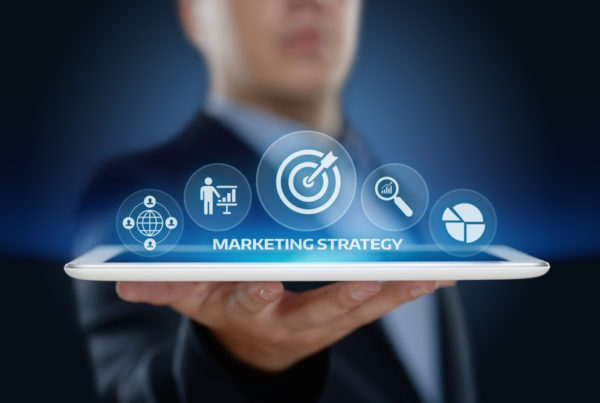Introduction
In today’s fast-paced business world, reducing churn and building long-term customer loyalty is crucial for the success of any company. However, many agencies and businesses struggle with high churn rates, which not only affect profitability but also hinder growth and confidence. But what if there was a way to naturally reduce churn and create a strong customer base? In this article, we will explore a valuable lesson that led to a significant decrease in churn and uncover the key principles that can help you achieve the same results.
Understanding the Churn Challenge
Before delving into the solution, let’s first understand the challenges associated with churn. The typical agency cycle involves acquiring clients, onboarding them, generating leads, and delivering outcomes. However, at various stages, clients may become dissatisfied, leading to churn. Whether it’s due to poor lead quality, a lack of perceived value, or ineffective communication, the consequences can be detrimental to your business. Retention timeframes of a mere one and a half months are a recipe for disaster, highlighting the need for a better approach.
The Power of Proactive Communication
One of the most critical factors in reducing churn is proactive communication. By taking charge of the conversation and being proactive, you can establish trust, clarity, and credibility with your clients. Reactive communication, on the other hand, often leads to confusion, loss of credibility, and ultimately, churn. Therefore, the key is to communicate consistently, anticipate client needs, and provide value every step of the way.
The Framework for Success
Now let’s dive into the framework that can transform your client relationships and significantly reduce churn:
1. Simplify and Confirm Usage
To ensure clients stick with your services, it’s essential to simplify their experience and confirm their usage. Many clients may show initial excitement but fail to fully utilize your offerings. Therefore, within the first two weeks, focus on confirming that clients have logged in, launched campaigns, and are actively receiving leads. By addressing any usage issues early on, you can prevent dissatisfaction and set the stage for long-term success.
2. Establish Proactive Communication
Proactive communication should be the backbone of your customer engagement strategy. Regularly reach out to clients, provide updates, address concerns, and offer assistance. By maintaining an open line of communication, you demonstrate your commitment to their success, reinforce trust, and keep them informed. Remember, confusion is the enemy of conversion, so clarity and transparency are paramount.
3. Confirm Output and Explore Upsell Opportunities
Once clients have achieved initial success, it’s crucial to confirm their output and identify opportunities for upselling. Confirming that they are achieving their desired outcomes builds trust and sets the stage for potential upsells. Whether it’s additional features, support services, or a higher tier of service, upselling becomes much easier when clients have already experienced positive results and trust your expertise.
4. Check-In and Provide Ongoing Support
Regular check-ins with your clients allow you to gauge their satisfaction, address any concerns, and provide ongoing support. By demonstrating your commitment to their success and actively seeking ways to improve their experience, you reinforce the value of your services. Whether they’re excited about their progress or seeking ways to optimize results, your proactive support will keep them engaged and loyal.
5. Focus on Results and Continual Improvement
Maintaining client trust and loyalty hinges on delivering consistent results. Ensure that your clients continue to see tangible outcomes and celebrate their successes along the way. Moreover, leverage proactive communication to identify areas for improvement and offer tailored solutions. By constantly refining your approach and delivering value, you create a positive feedback loop that strengthens the client relationship.
Conclusion
Reducing churn and building customer loyalty is a fundamental goal for every business. By embracing proactive communication, you can transform your client relationships and create a thriving customer base. The framework outlined in this article emphasizes the importance of simplifying usage, establishing proactive communication, confirming output, providing ongoing support, and focusing on continual improvement. Remember, the key to success lies in anticipating client needs, delivering value consistently, and ensuring clarity at every stage. By implementing these principles, you can enjoy reduced churn, increased customer satisfaction, and a business poised for long-term success.



